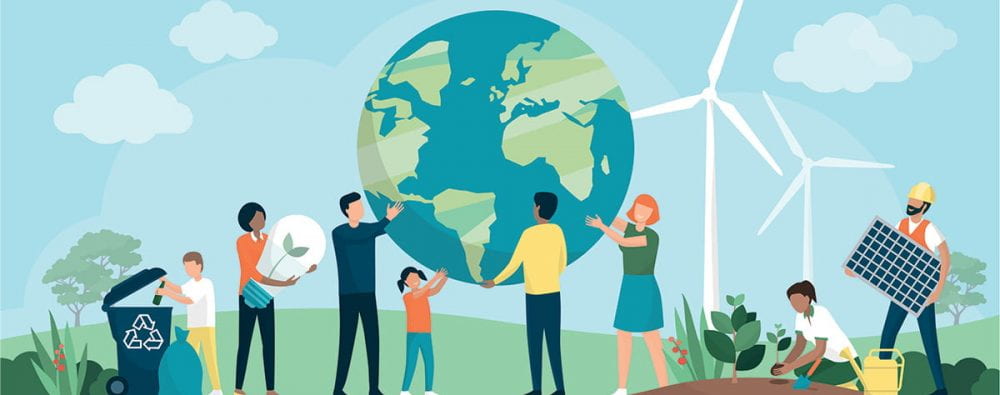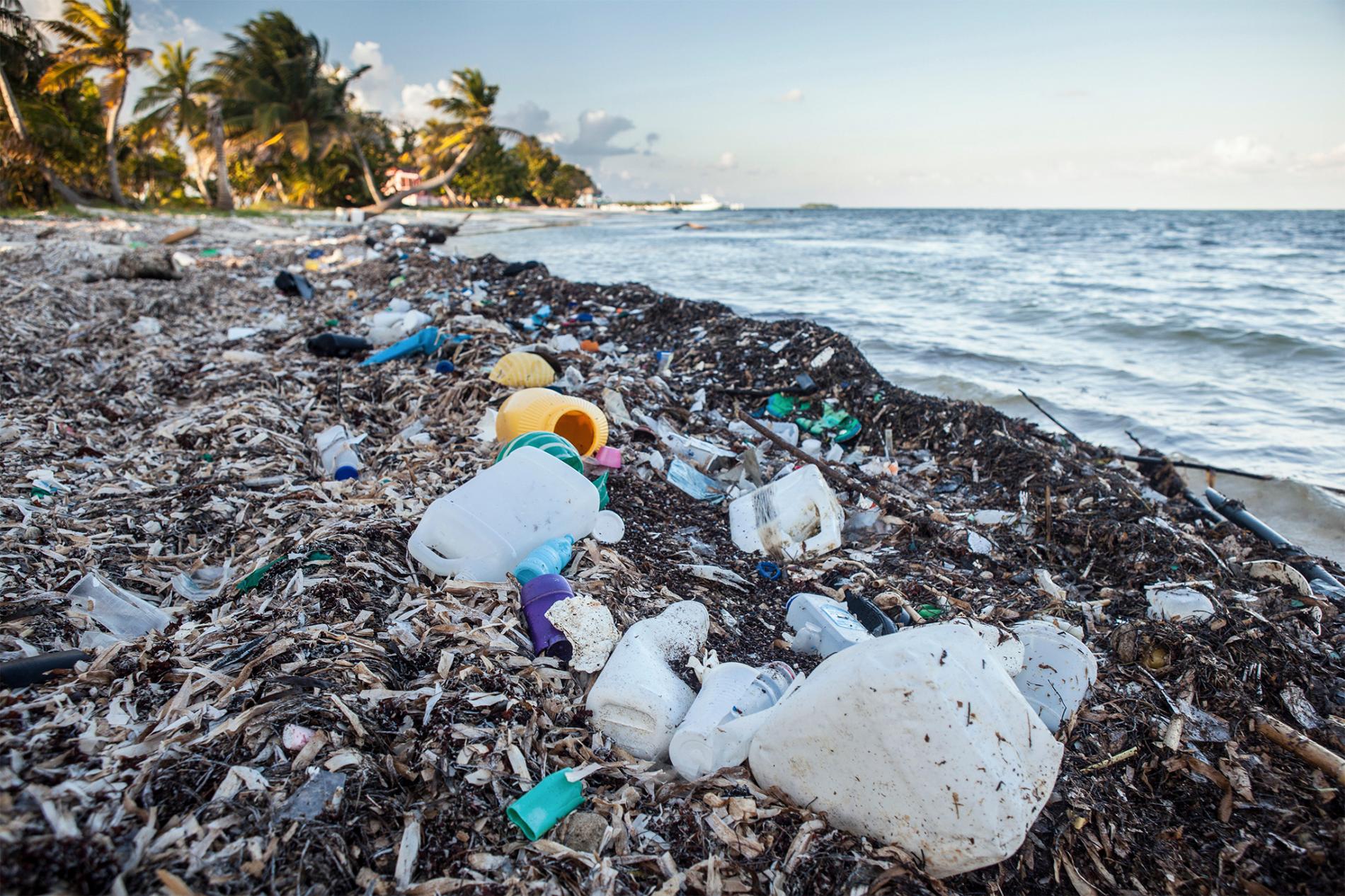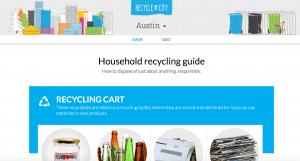It is no secret that plastic is one of the leading causes for marine pollution. According to an article posted on OurWorldinData.org, the world now produces more than 380 million tons of plastic every year. Most of that plastic ends up as pollutants entering our natural environment and oceans.
This is why it is important to use eco-friendly and reusable products to help slow down the flow of plastic waste. Here is a list of 5 eco-friendly products you can buy today:
Bamboo Cleaning Cloth
LUCKISS bamboo cleaning cloth is a sustainable alternative to using paper towels or cotton cleaning cloths. The cloth is 100% made of bamboo and is naturally absorbent because of the bamboo. You can purchase this cost effective reusable bamboo cleaning cloth here:
Glass Food Storage Containers
Glass food storage containers are a great way to slow down your plastic usage. These glass containers are microwave friendly, so you won’t have to worry about chemicals with a plastic container. You can purchase a set here:
Reusable Shopping Bag
It is important to own a reusable shopping bag. Reusable shopping bags are more sturdy than the plastic bags you get at the grocery store. You can purchase this special HEB reusable grocery bag of Austin made by a local artist here:
https://www.heb.com/product-detail/h-e-b-austin-artist-reusable-shopping-bag/1965368
Stainless Steel Water Bottle
If you own a reusable metal water bottle you won’t have the need to use as many plastic water bottles. The Hydro Flask will keep your drinks cold or hot for hours. This is a great alternative to drinking plastic water bottles everyday. You can purchase your own Hydro Flask here: https://www.amazon.com/dp/B07QNTYQL9?tag=bfabby-20&ascsubtag=5300880%2C18%2C29%2Cd%2C0%2C0%2Cgoogle%2C962%3A1%3B901%3A2%3B900%3A2%3B974%3A2%3B975%3A2%3B982%3A4%2C40508%2C0
Bamboo Toothbrush
Another product made of bamboo, these toothbrushes are made of 100% natural sustainable bamboo.It is important to make the switch from a plastic toothbrush to a bamboo one. Over 3.5 million plastic toothbrushes are sold around the world every year. Which is just one part of the dilemma.These toothbrushes are degradable, recyclable and can be reused. Most toothbrushes are made out of plastic, these bamboo toothbrushes are a green way to keep your teeth clean. You can purchase a bamboo toothbrush here:
These products are all great sustainable and cost effective alternatives to everyday products that otherwise are made of plastic or aren’t reusable. Owning these products truly makes a difference. Small changes to habits lead to big results!
Links
https://ourworldindata.org/plastic-pollution






